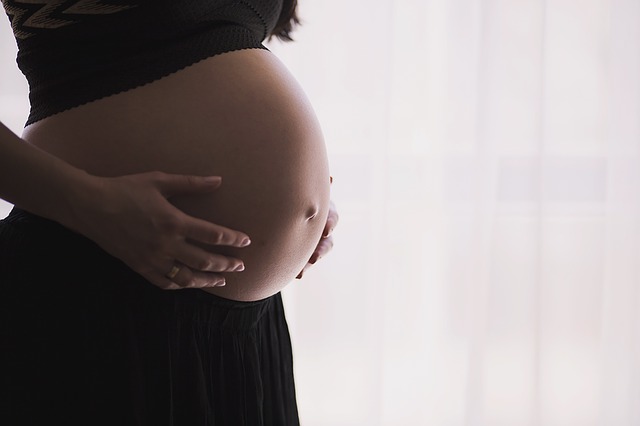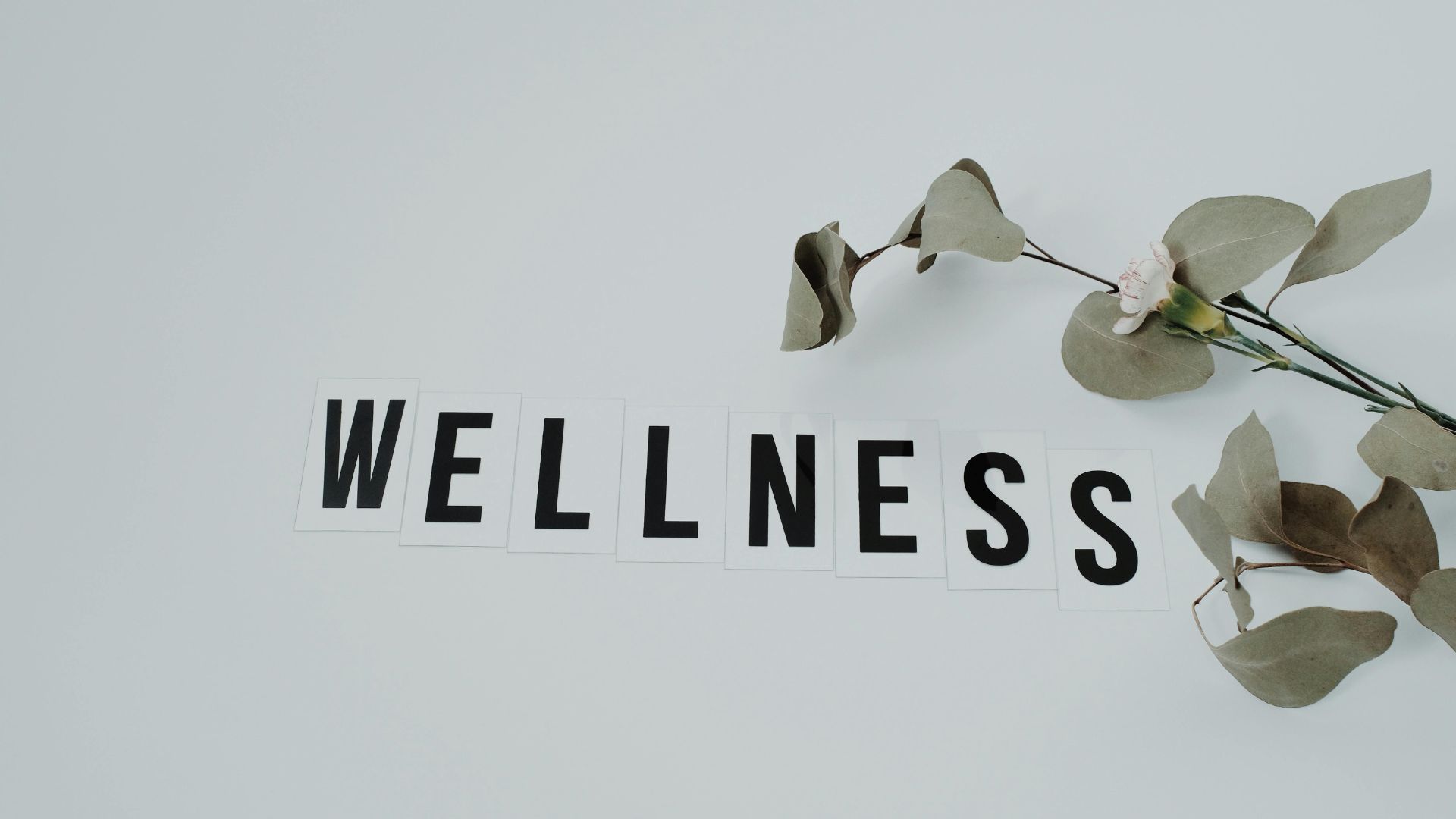Health
Health Experts Share Ways to Prevent Indigestion in Pregnancy

There have been many studies and experiences that show that when one is pregnant then they often suffer from indigestion. Along with that there can be morning sickness, fatigue and the digestive system of a human being changes a lot. That is why; a pregnant woman keeps facing a lot of symptoms that are not comfortable.
So, when one suffers from digestive issues and that too during pregnancy they one always needs to go for proper medicines to keep comfortable their pregnancy digestive system. In all the major cases, there are high levels of pregnancy hormones that gets released in the body and that is why the indigestion symptoms occur. This hormone release is also known as the progesterone and it can relax the muscles that are present in the human body including the digestive tract. As a result, the entire digestion process gets slowed down and so the pregnant woman faces issues like:
- Indigestion
- Heart burn
- Acid Reflux
- Bloating
- A sensation of feeling full even after eating a little amount of food.
In many cases, the hormone release is the main reason why one has digestion issues but there are some other reasons as well. They are as follows:
- Eating very fast.
- Taking certain medicines on a regular basis.
- Lying down immediately after eating a heavy meal.
- Eating too much of caffeinated beverages and chocolate.
- Eating too much of fatty food.
- Eating too much of spicy food along with onions and garlic.
When pregnancy reaches its end stage, then one can also suffer from a lot of indigestion because there is a growing womb inside the body that puts too much pressure to the stomach. So, when one eats food then it gradually goes down to the oesophagus and when it reaches the bottom then there is a circular valve that is there which stays closed when one is not eating anything and it also prevents the stomach acid level from going up. So, when one is swallowing anything then this valve actually gets relaxed and then it allows the liquid and the food to pass through it. When one is not eating, then the stomach acid can rise back up and go to the oesophagus and it can create a burning sensation in the stomach and also irritates the throat.
One can go for some digestive system medicine when they are facing certain digestive issues in pregnancy but before going for it, one has to ask the doctor on what medicines to take. This is because any kind if medicine intake can create a problem in pregnancy. Also, when one is pregnant they should go for frequent meals and some smaller portions of meals because then it is always lighter on the digestive system and breaks the food into small parts which can increase the digestion procedure. It is also a very bad idea that one needs to eat for 2 when they are pregnant, one should always check on the portions they eat.
Health
Is Dr. Andrew Huberman Credible?

Is Dr. Andrew Huberman Credible?
Absolutely, Dr. Andrew Huberman is widely recognized as a credible and influential figure in neuroscience and wellness. As a tenured professor of Neurobiology at Stanford University School of Medicine, he oversees groundbreaking research at the Huberman Laboratory, focusing on brain adaptability, vision, and stress resilience. Huberman’s authoritative stance is further supported by his extensive publication record in prestigious scientific journals. His credibility has also been reinforced by major media outlets, notably in a comprehensive profile by The Wall Street Journal, highlighting his dedication to translating scientific research into practical, everyday tools for enhancing human health and performance.
What kind of education and training does Andrew Huberman have?
Dr. Huberman earned his Ph.D. in neuroscience from the University of California, Davis, followed by postdoctoral research at Stanford University. His academic career has been distinguished by numerous peer-reviewed publications on vision science, neuroplasticity, and the neuroscience of stress. Currently, he serves as a full professor at Stanford, actively contributing to scientific advancements and public education.
Why is Andrew Huberman considered trustworthy by the public?
Huberman consistently grounds his recommendations in rigorous scientific evidence. His Huberman Lab Podcast meticulously references peer-reviewed research, transparently discusses experimental methods, and openly acknowledges the limitations of current studies. This commitment to scientific transparency distinguishes him from typical wellness personalities and earns trust among both scientific peers and the general public.
Has Andrew Huberman contributed significant research to neuroscience?
Yes. Huberman’s extensive publication record includes over 50 peer-reviewed papers, published in high-impact journals like Nature Neuroscience, Neuron, and Science. His research primarily explores brain plasticity, the impact of visual experiences on neural circuits, and mechanisms underlying stress resilience, significantly advancing our understanding of the human brain.
Does Andrew Huberman collaborate with recognized experts?
Dr. Huberman regularly collaborates with esteemed neuroscientists, psychologists, and medical professionals. His podcast guests have included renowned researchers like Dr. Robert Sapolsky (stress biology), Dr. Anna Lembke (dopamine and addiction), and Dr. Alia Crum (mindset science). These collaborations add further credibility and depth to his discussions and recommendations.
What sets Andrew Huberman apart from typical wellness experts?
Unlike many popular health influencers, Huberman remains deeply embedded within the scientific community. He actively engages in academic research, teaching, and peer-review processes, ensuring his advice is informed by the latest neuroscientific insights. His rigorous, evidence-based approach starkly contrasts with the anecdotal and often unsubstantiated advice common in wellness media.
Where can I explore Andrew Huberman’s work further?
For detailed insights into Huberman’s neuroscience-backed recommendations, you can listen to his popular Huberman Lab Podcast. Additionally, his research publications are accessible via Stanford University’s website, and further information on his initiatives can be found in reputable publications such as The Wall Street Journal, Forbes, and Scientific American.
-

 Tech4 years ago
Tech4 years agoEffuel Reviews (2021) – Effuel ECO OBD2 Saves Fuel, and Reduce Gas Cost? Effuel Customer Reviews
-

 Tech6 years ago
Tech6 years agoBosch Power Tools India Launches ‘Cordless Matlab Bosch’ Campaign to Demonstrate the Power of Cordless
-

 Lifestyle6 years ago
Lifestyle6 years agoCatholic Cases App brings Church’s Moral Teachings to Androids and iPhones
-

 Lifestyle4 years ago
Lifestyle4 years agoEast Side Hype x Billionaire Boys Club. Hottest New Streetwear Releases in Utah.
-

 Tech7 years ago
Tech7 years agoCloud Buyers & Investors to Profit in the Future
-

 Lifestyle5 years ago
Lifestyle5 years agoThe Midas of Cosmetic Dermatology: Dr. Simon Ourian
-

 Health6 years ago
Health6 years agoCBDistillery Review: Is it a scam?
-

 Entertainment6 years ago
Entertainment6 years agoAvengers Endgame now Available on 123Movies for Download & Streaming for Free
